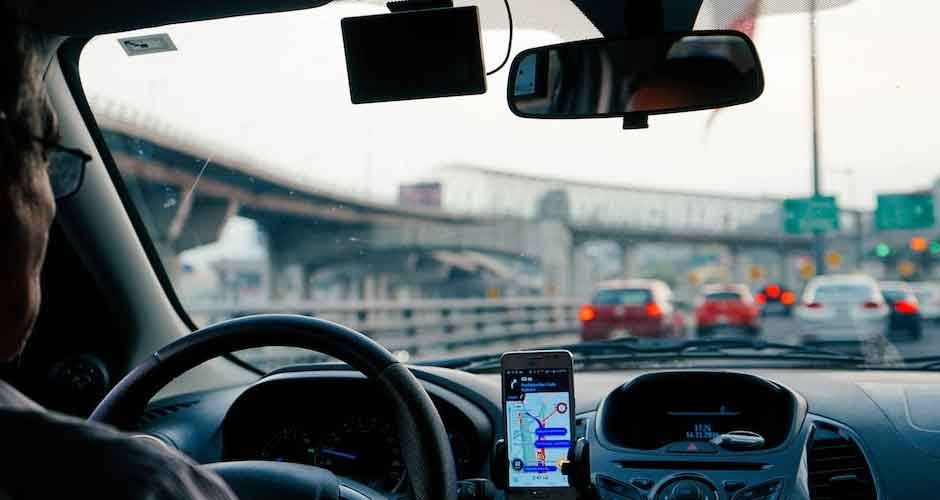The act of driving after consuming alcohol, colloquially known as driving under the influence (DUI) or driving while intoxicated (DWI), is a major safety hazard and a significant cause of road accidents globally. Alcohol impairs cognitive and motor skills, increasing the likelihood of crashes that could result in serious injury or death. With legal repercussions ranging from fines to incarceration, and the potential for causing irreversible harm to oneself and others, the risk is not worth taking. In this article, we’ll delve into the various aspects of how alcohol affects driving abilities, explore the sobering statistics, look at the legal penalties, and discuss preventive measures that can avert such dangers. Keep reading to learn more about how to stay informed and safe on the road.
Legal Consequences of DUI: Understanding the Penalties
Getting behind the wheel while intoxicated not only endangers lives but also carries severe legal penalties which vary by region. These can range from license suspension to hefty fines, or even imprisonment. The stringency of the laws is intended to deter individuals from making the irresponsible choice to drive after drinking.
Legal counsel, such as an Austin DWI Lawyer, can be instrumental in navigating the complexities of DUI cases. They have extensive knowledge of the local laws, regulations, and sentencing guidelines, meaning they can accurately assess the severity of the charges you are facing. Based on their experience, they can negotiate with the prosecution for reduced charges or penalties, explore alternative sentencing options, or even work towards getting the charges dismissed altogether. By seeking their assistance, you increase your chances of minimizing the consequences and protecting your rights.
In many jurisdictions, there is a set BAC limit—commonly around 0.08 percent. Exceeding this limit is considered a criminal offense and can lead to arrest. Additionally, refusing to take a breathalyzer test when suspected of DUI can also result in legal actions, demonstrating a zero-tolerance policy towards this dangerous behavior.
How Alcohol Impairment Increases the Risk of Fatalities
The relationship between alcohol impairment and traffic fatalities is tragically direct; as BAC levels rise, so does the risk of being involved in a fatal collision. This increased risk is due in large part to the aforementioned impairments in coordination, reaction time, and judgment. These accidents often involve high-speed collisions or rollovers, which have a higher likelihood of causing severe injury or death. Furthermore, impaired drivers frequently neglect to use safety devices such as seatbelts, increasing the severity of injuries sustained during an accident.
Innocent bystanders—pedestrians, cyclists, and other road users—are also at risk when someone chooses to drive drunk. The fatalities and irreversible losses experienced by families and communities serve as a stark reminder of the gravity of the decision to drive under the influence. It is worth noting that there’s a disproportionate impact on younger drivers, who combine inexperience with the effects of alcohol, creating an even deadlier mix. Preventing such tragedies hinges not only on personal responsibility but also on the vigilance of society as a whole to intervene.
Preventive Measures and Alternatives to Driving While Intoxicated

The best way to avoid the dangers of DUI is to not drive after drinking, period. This can be achieved through personal responsibility and planning, such as designating a sober driver or using public transportation. The advent of ride-sharing services has also made it easier to find alternative transportation options after consuming alcohol. Bars, restaurants, and event organizers play a crucial role in prevention by promoting alternative transport options, serving non-alcoholic beverages, and encouraging patrons to make safe driving choices.
Technology also offers promising solutions, with devices like breathalyzer ignition interlocks preventing a vehicle from starting if the driver’s BAC exceeds a preset level. Likewise, ongoing research into vehicle automation holds potential for reducing the incidence of alcohol-related accidents in the future. Educational programs aimed at raising awareness about the risks of drunk driving should continue to be a high priority. These efforts can range from school-based initiatives to community workshops, encouraging a broader understanding of the devastating consequences that result from impaired driving.
As you can see, the dangers of driving under the influence of alcohol cannot be overstated. Through education, strict enforcement of legal measures, and the promotion of responsible alternative transportation options, we can work towards reducing DUI incidents and making our roads safer for everyone. Follow the advice in this article and you can trust that you’re doing everything you can to protect yourself from a DUI.



